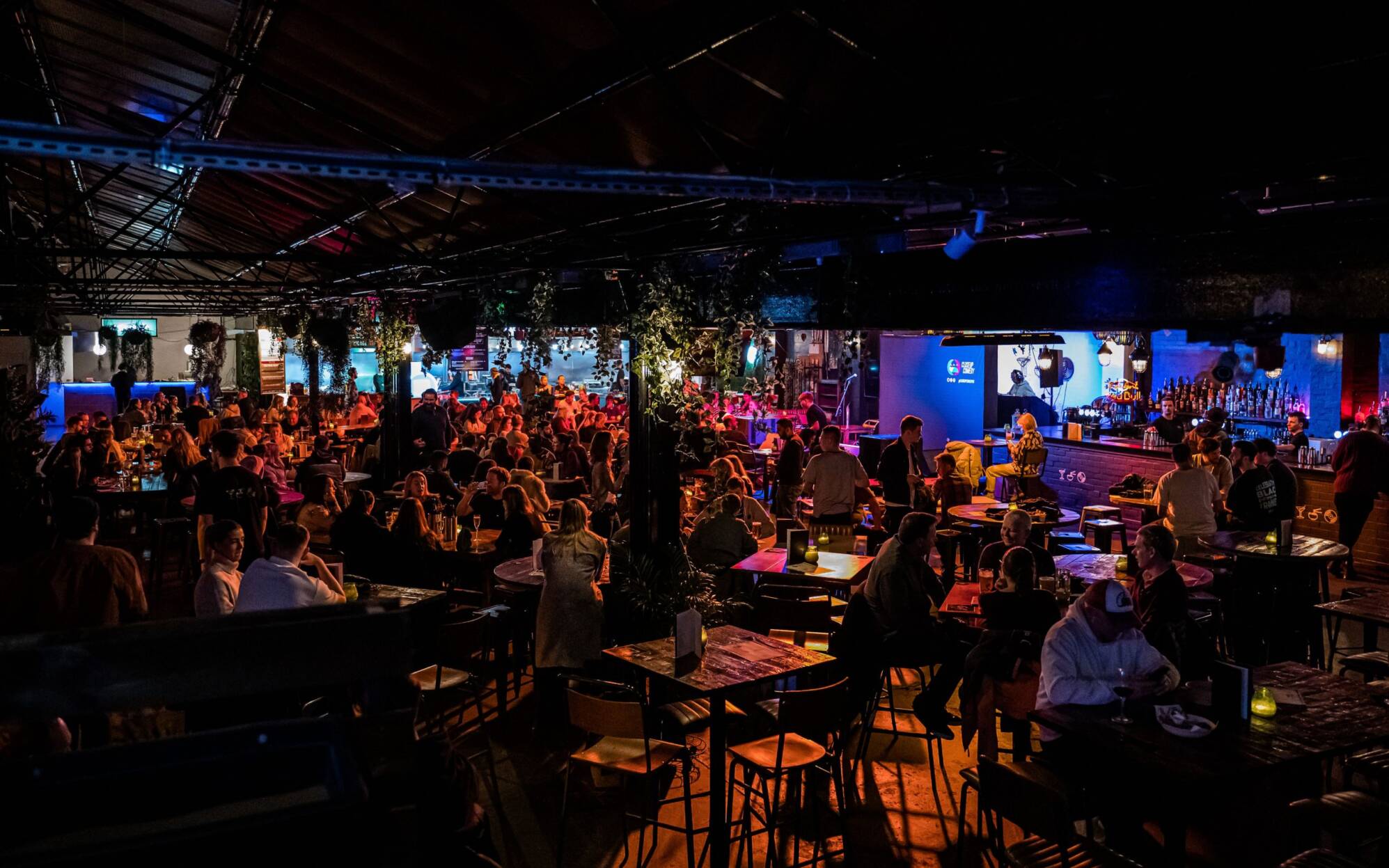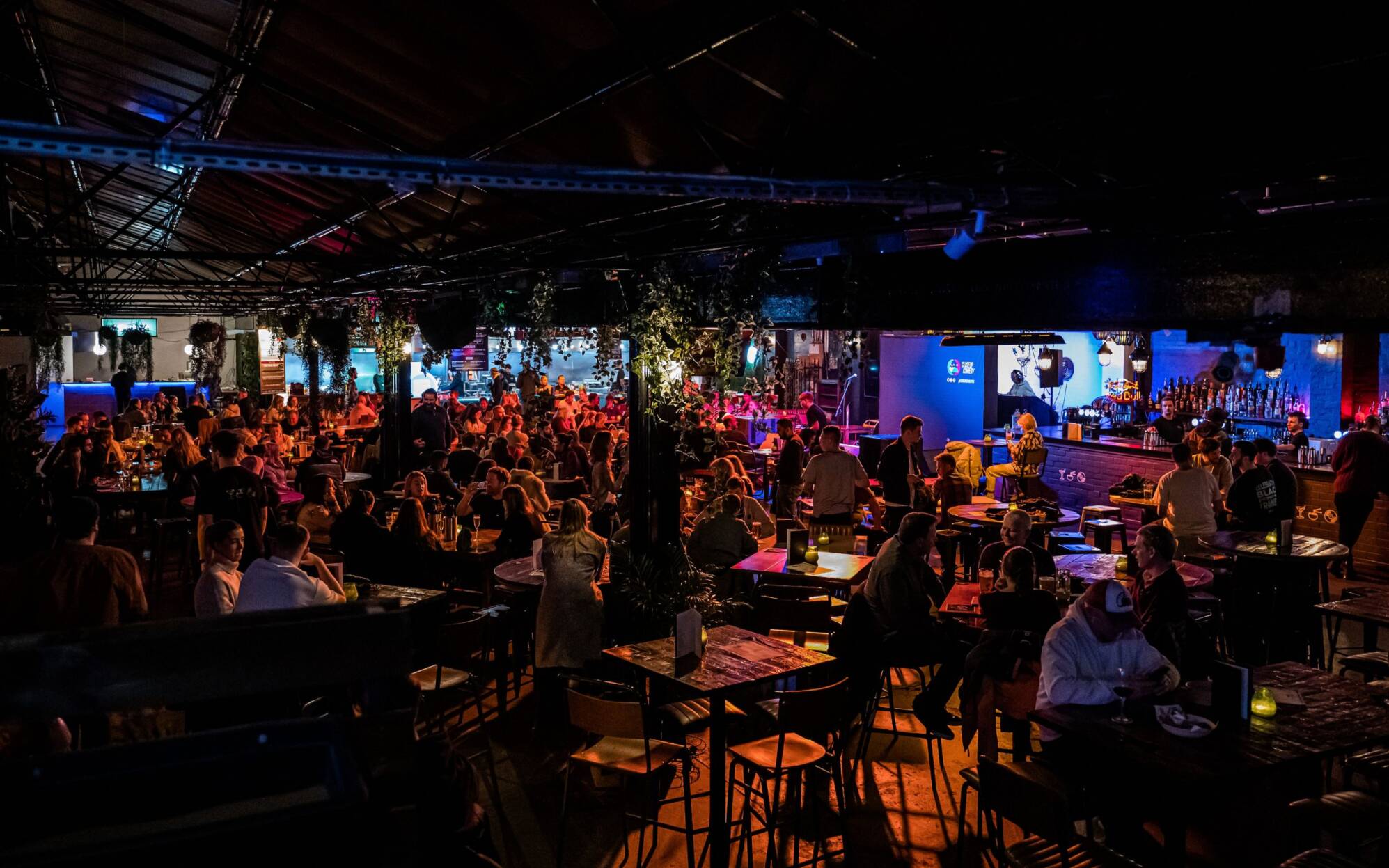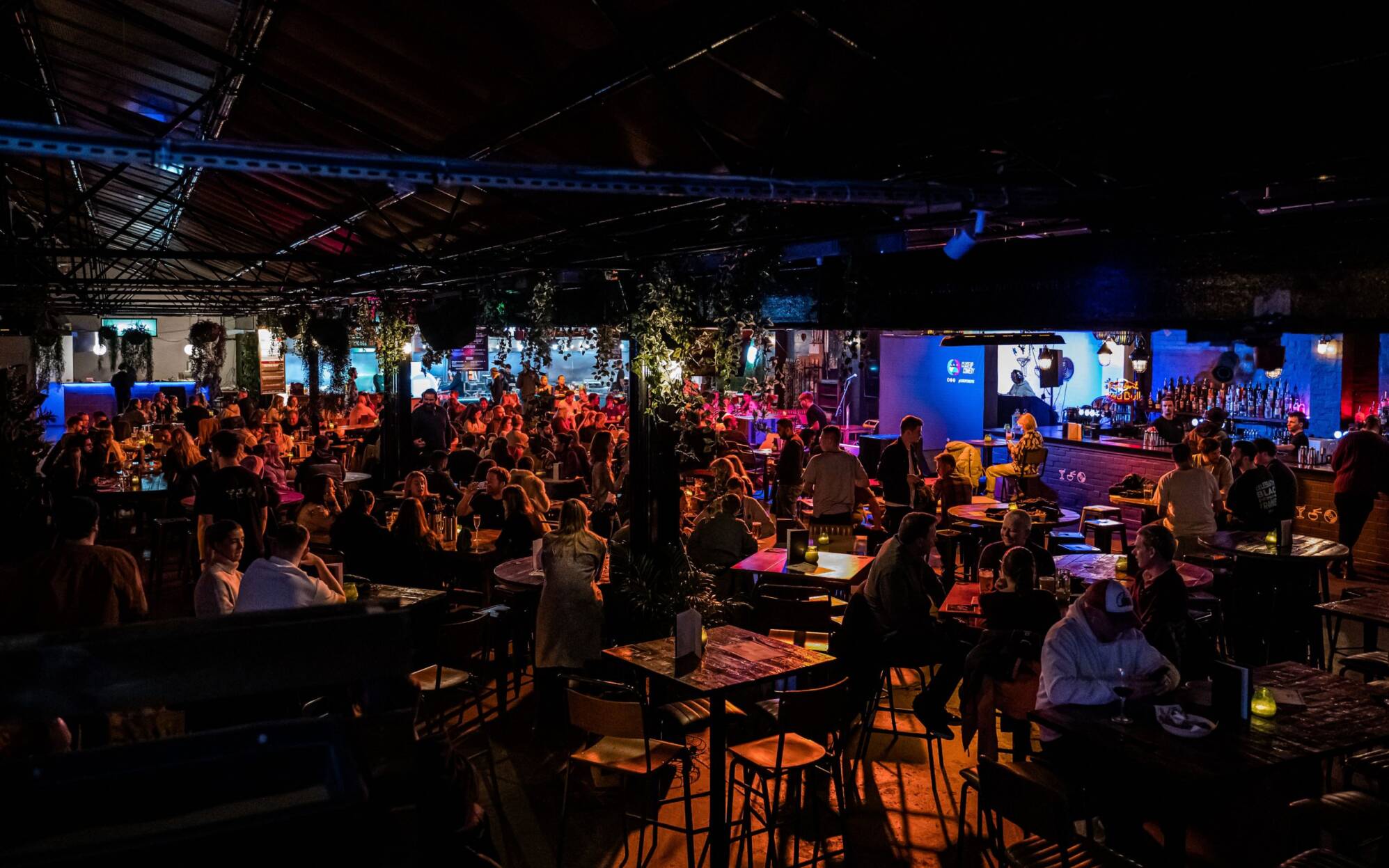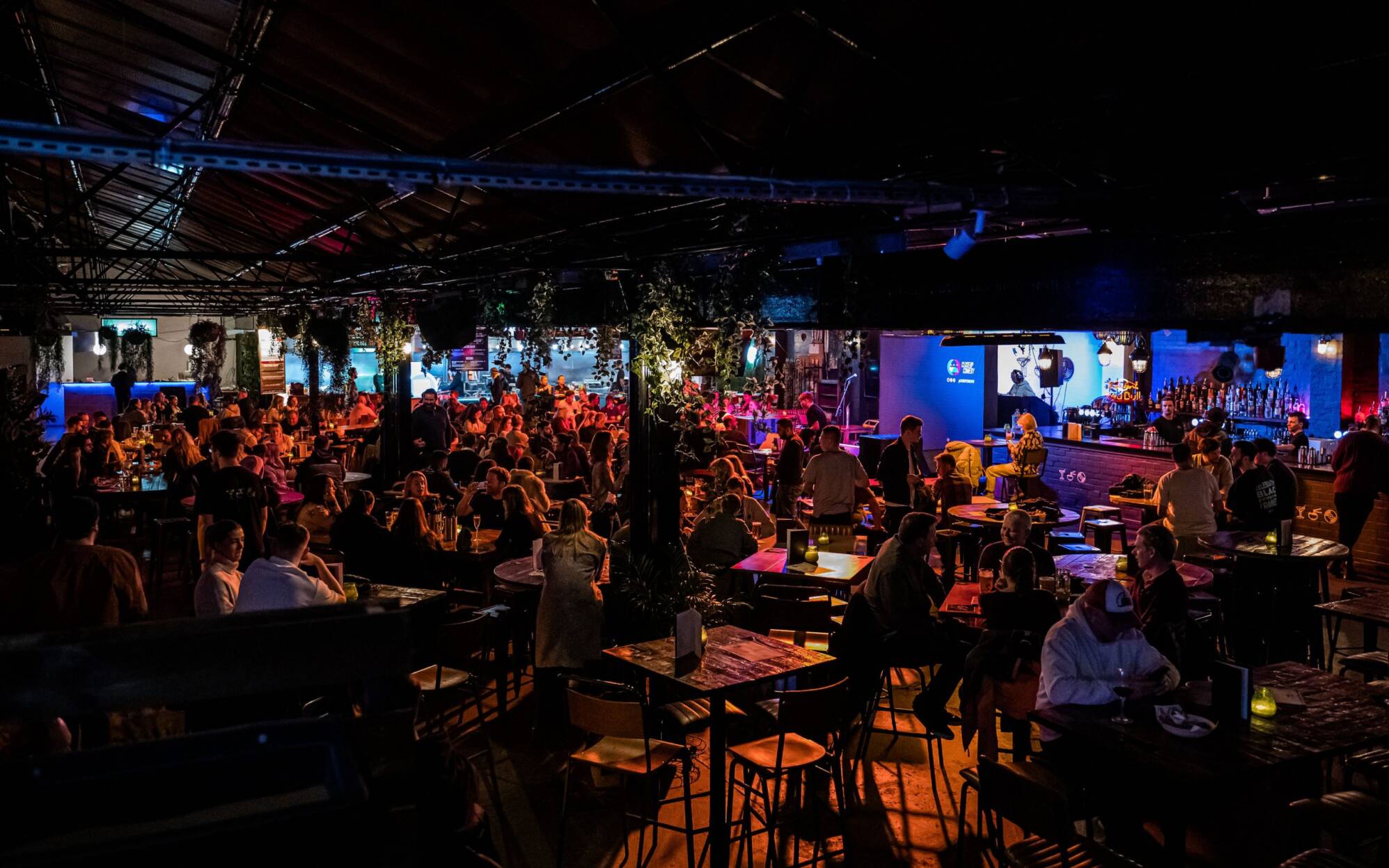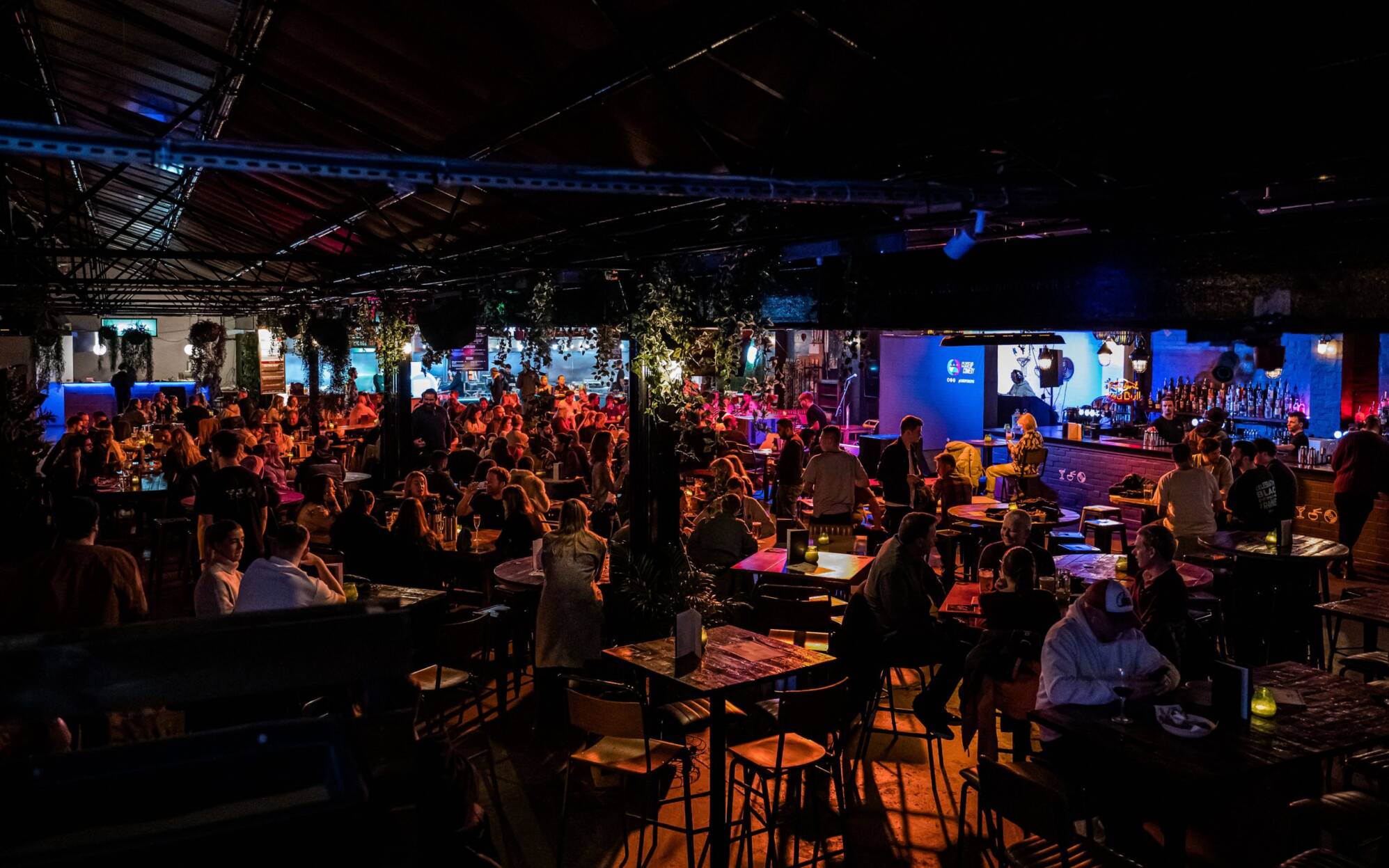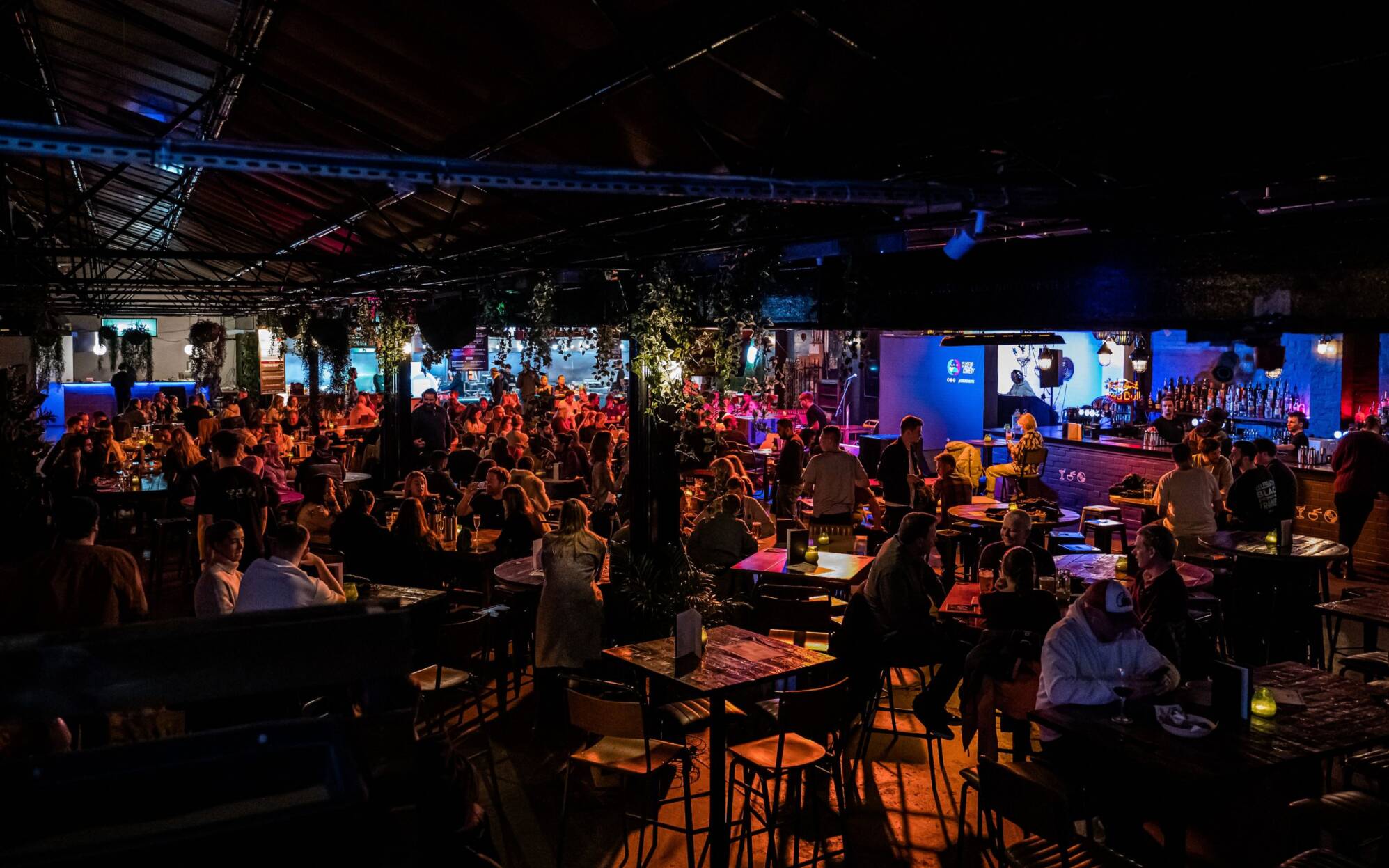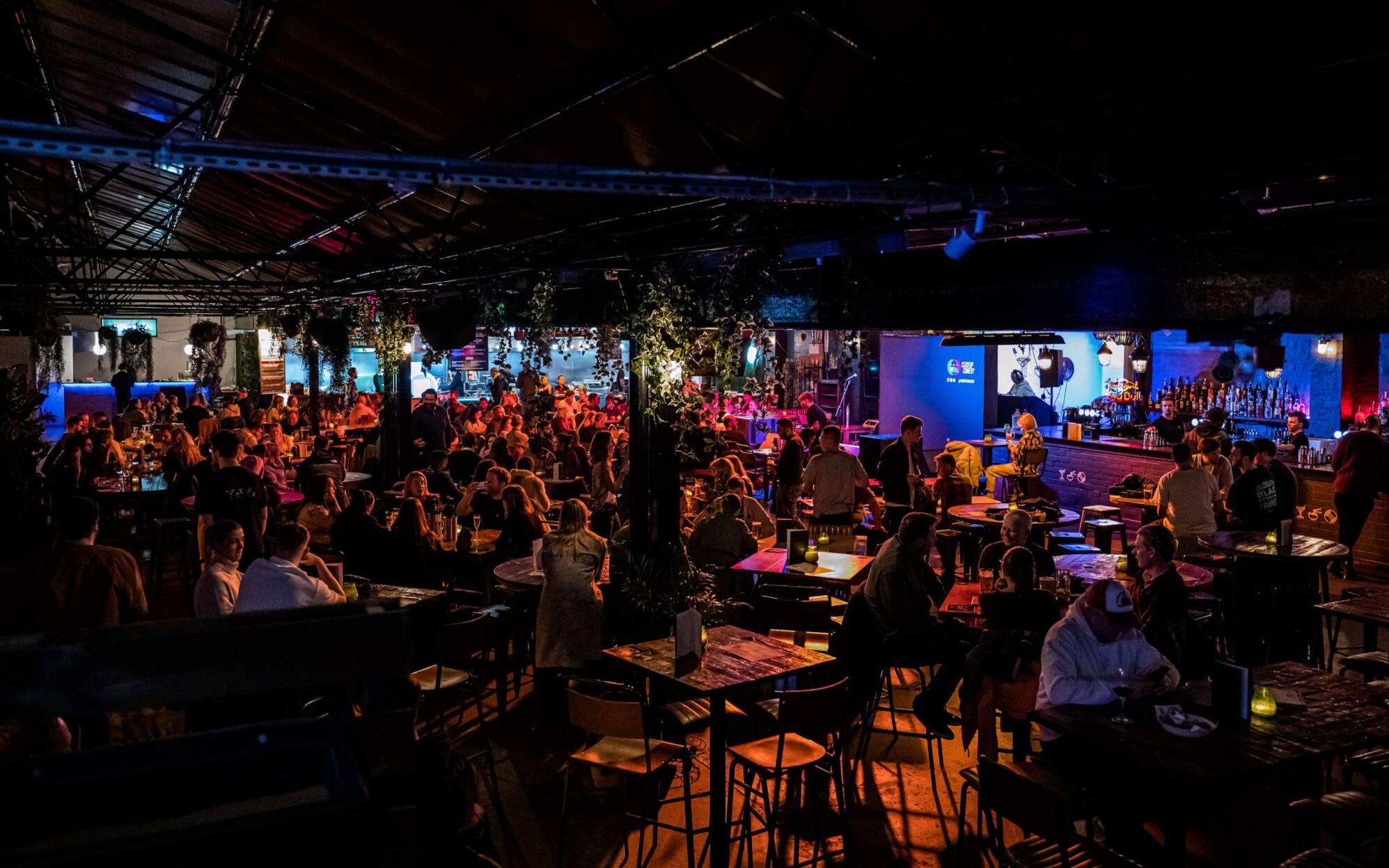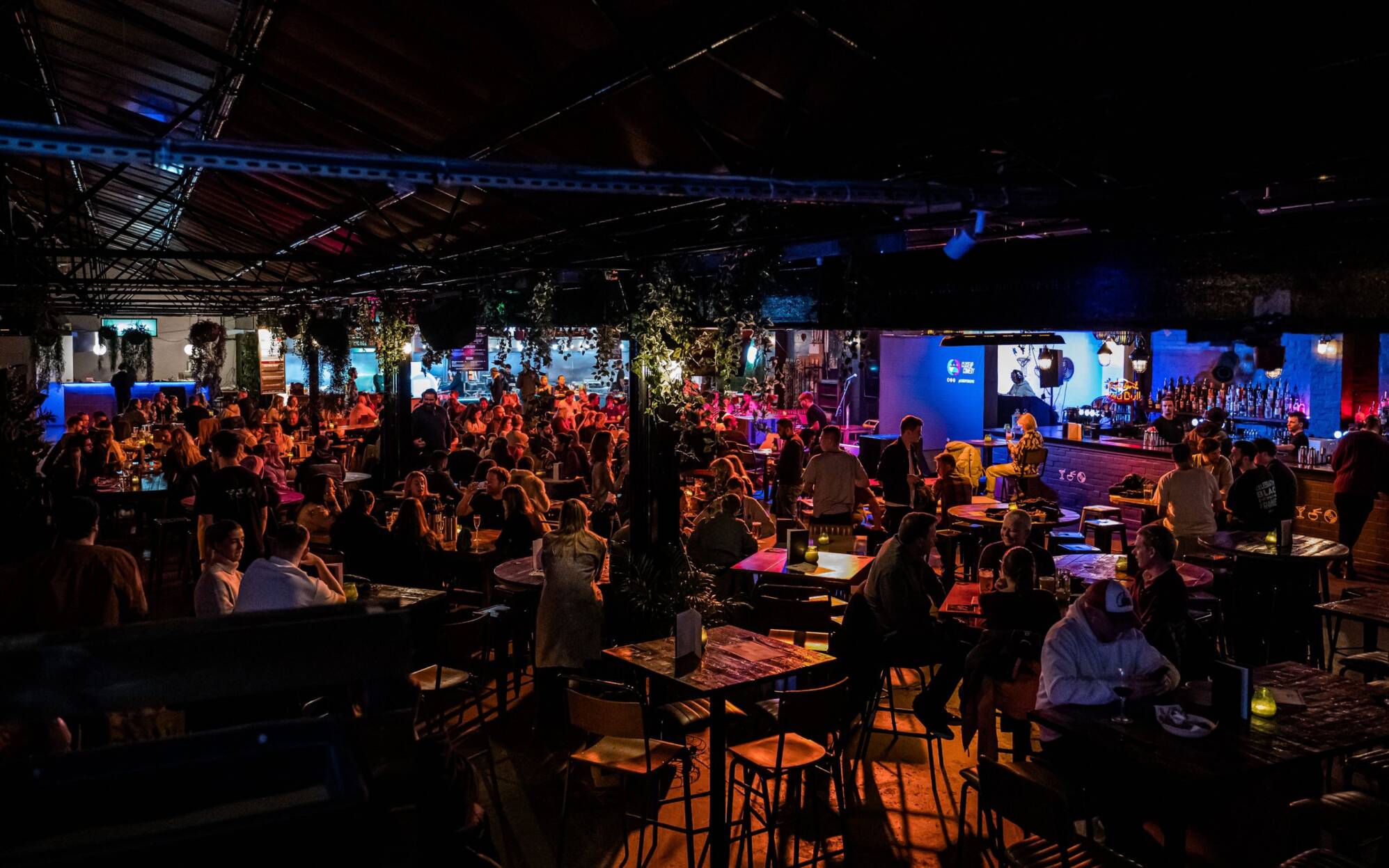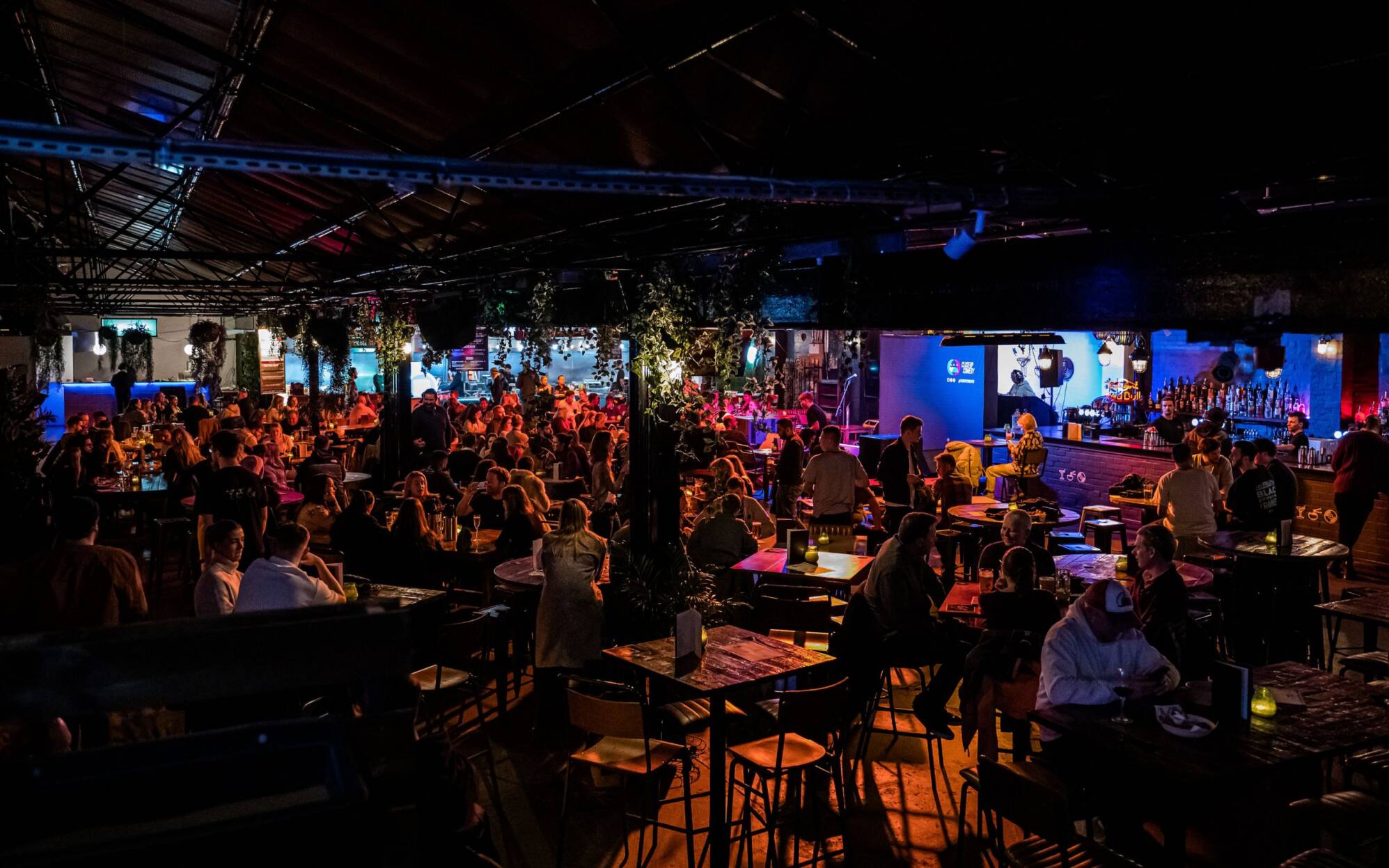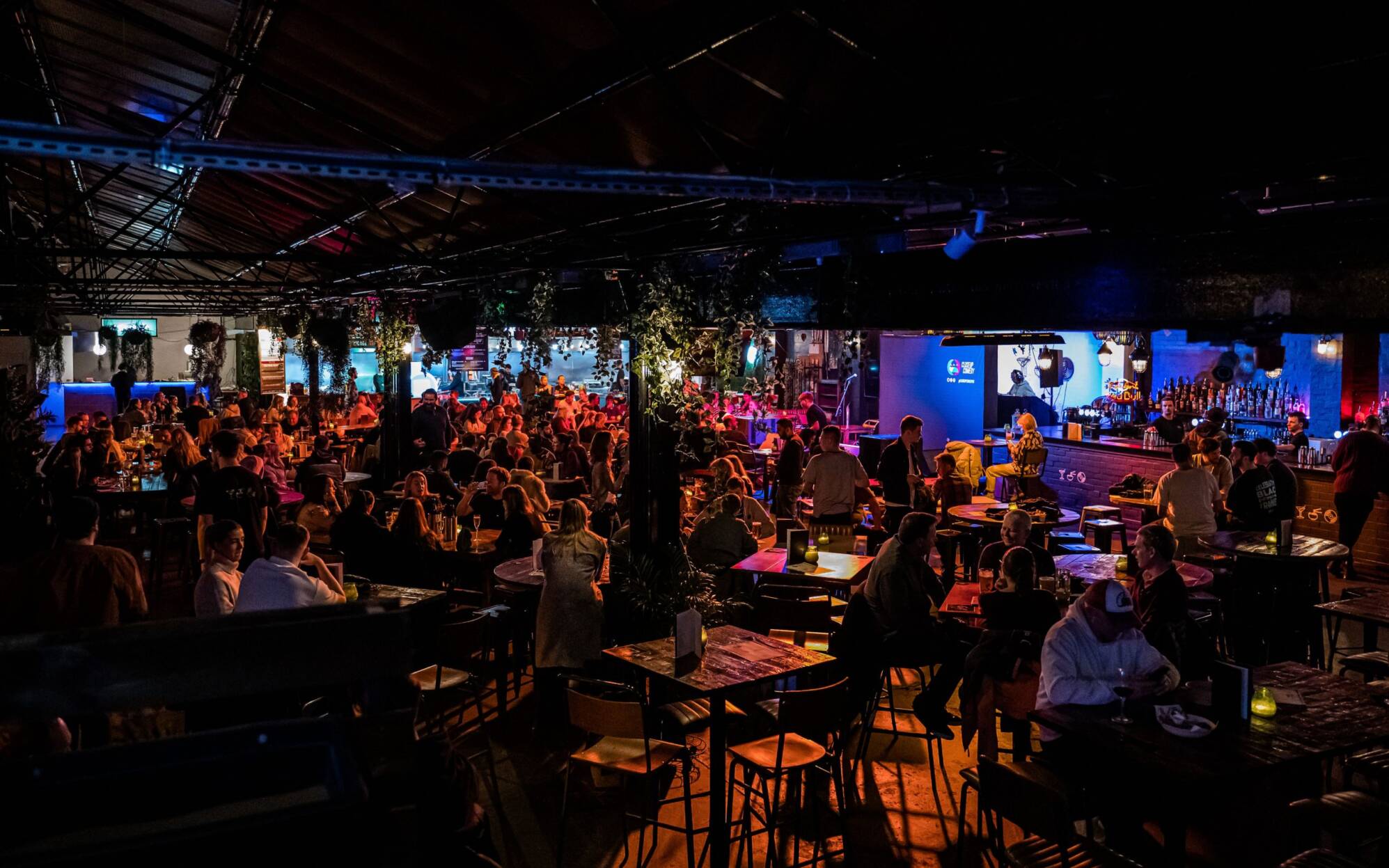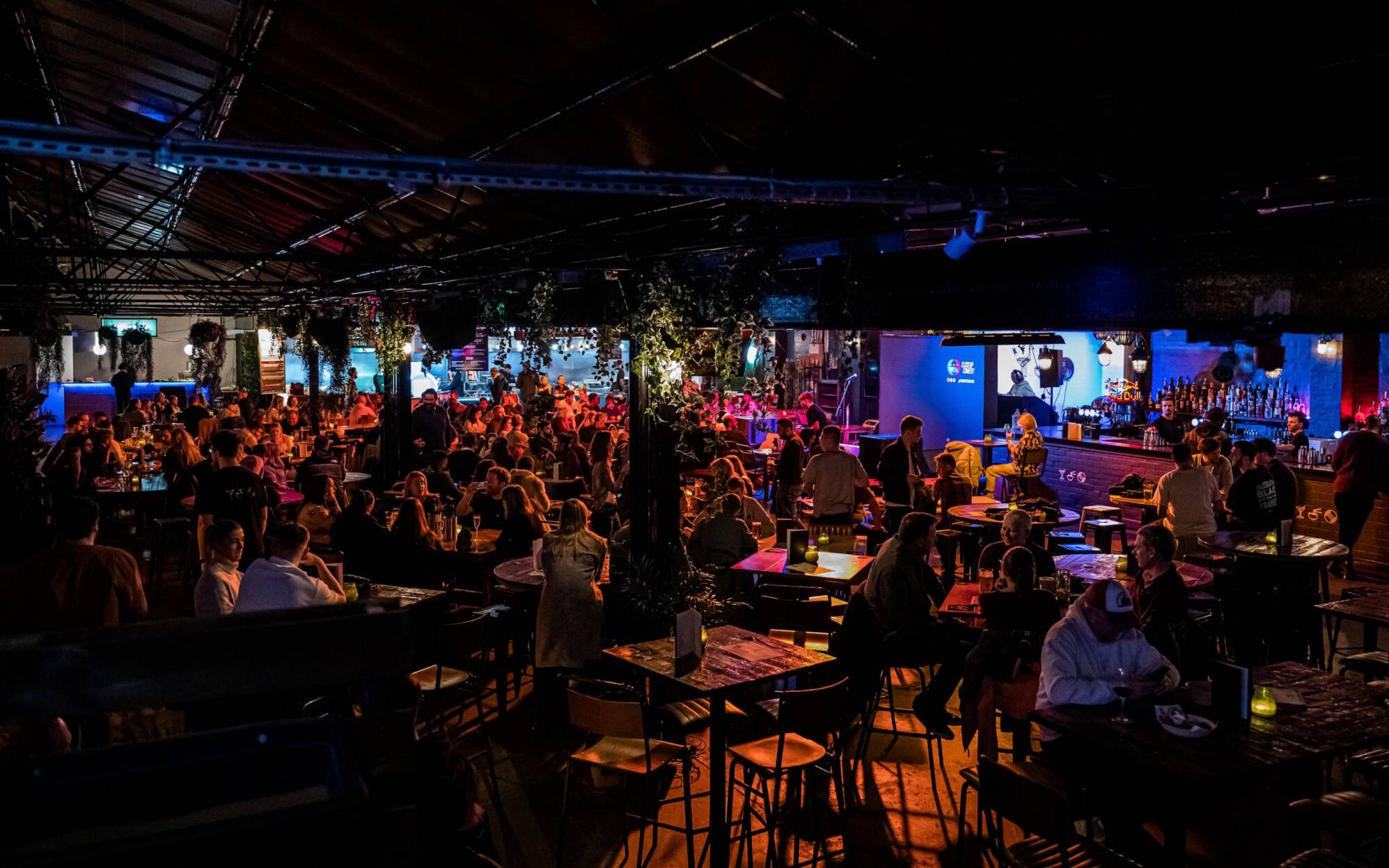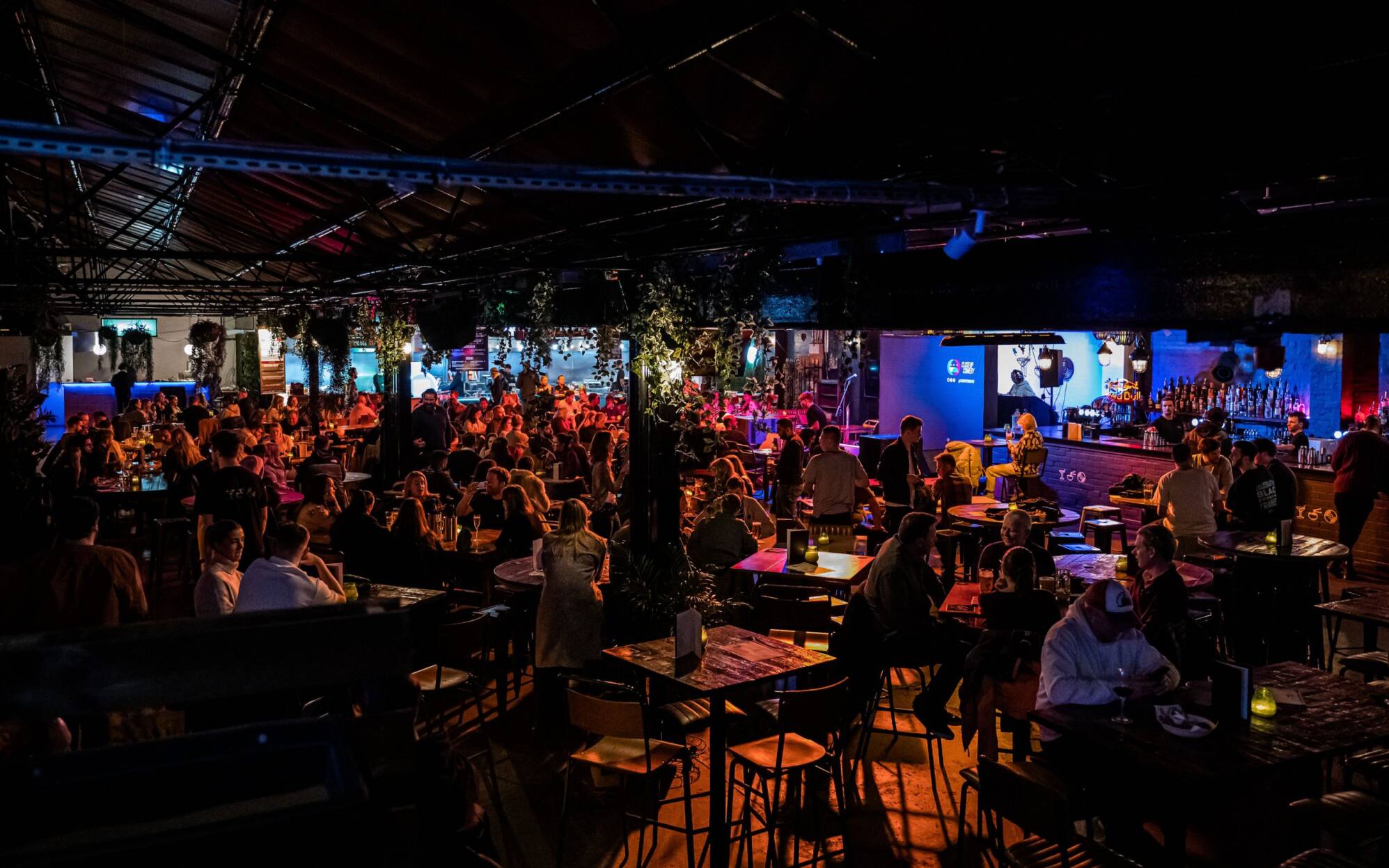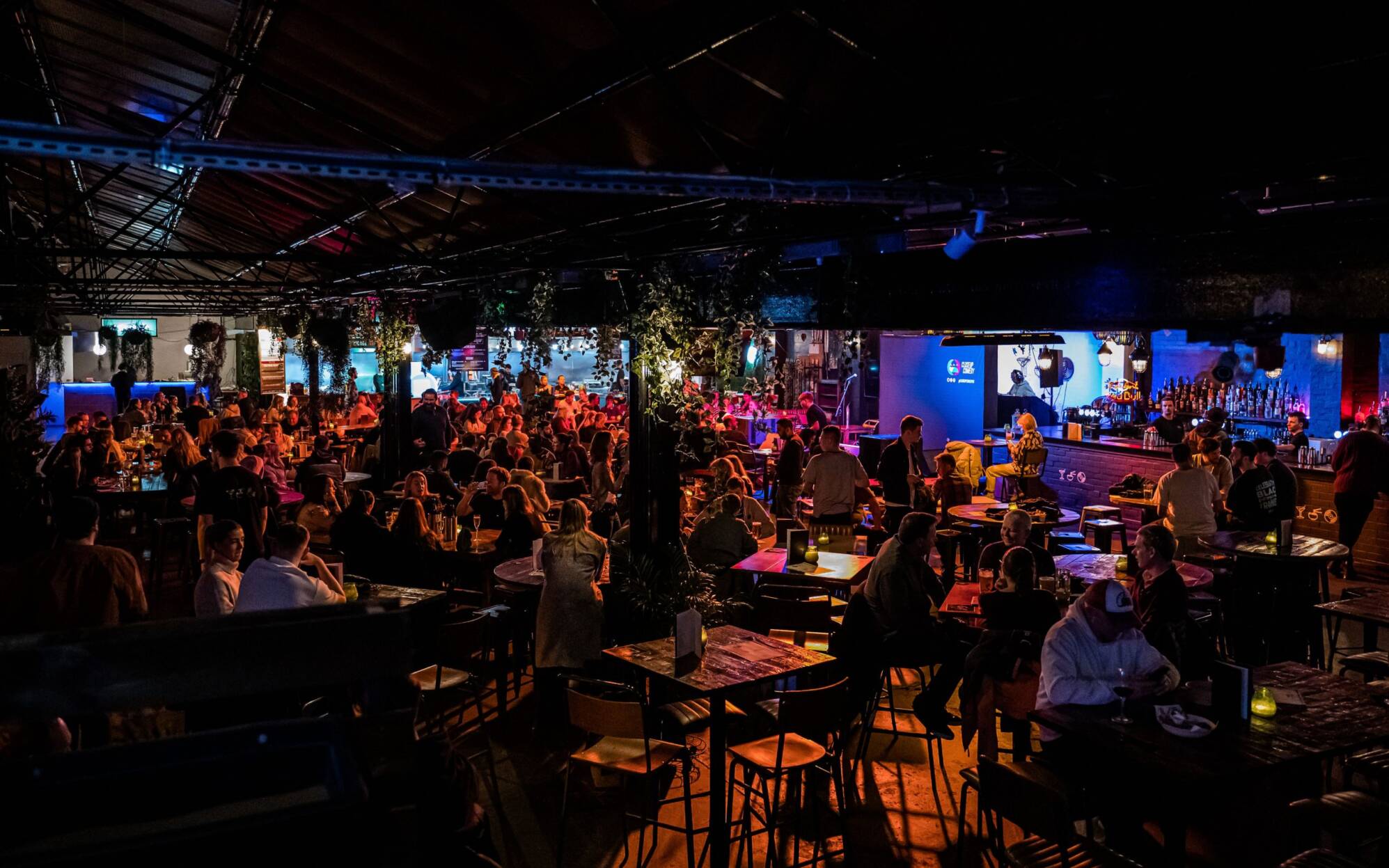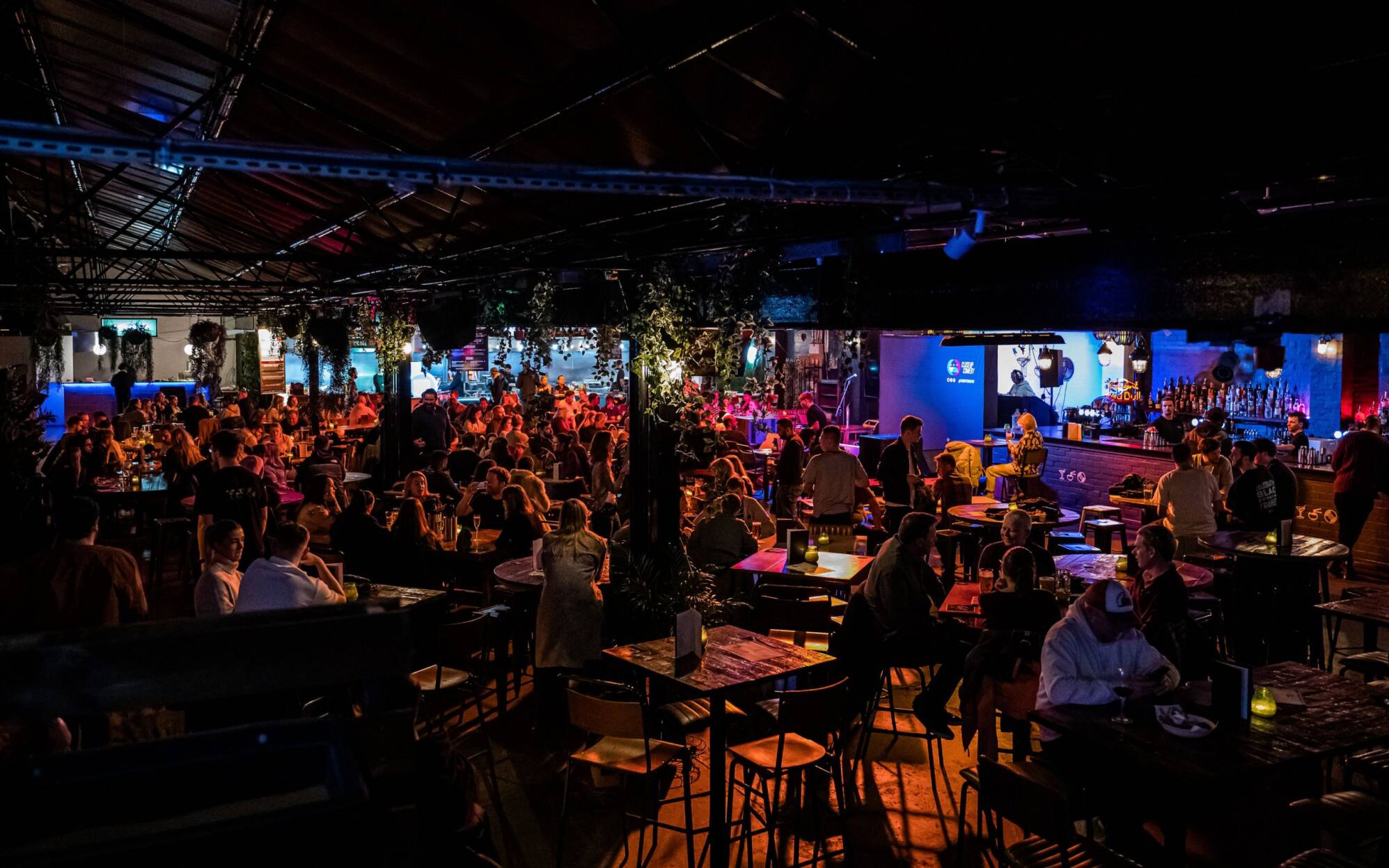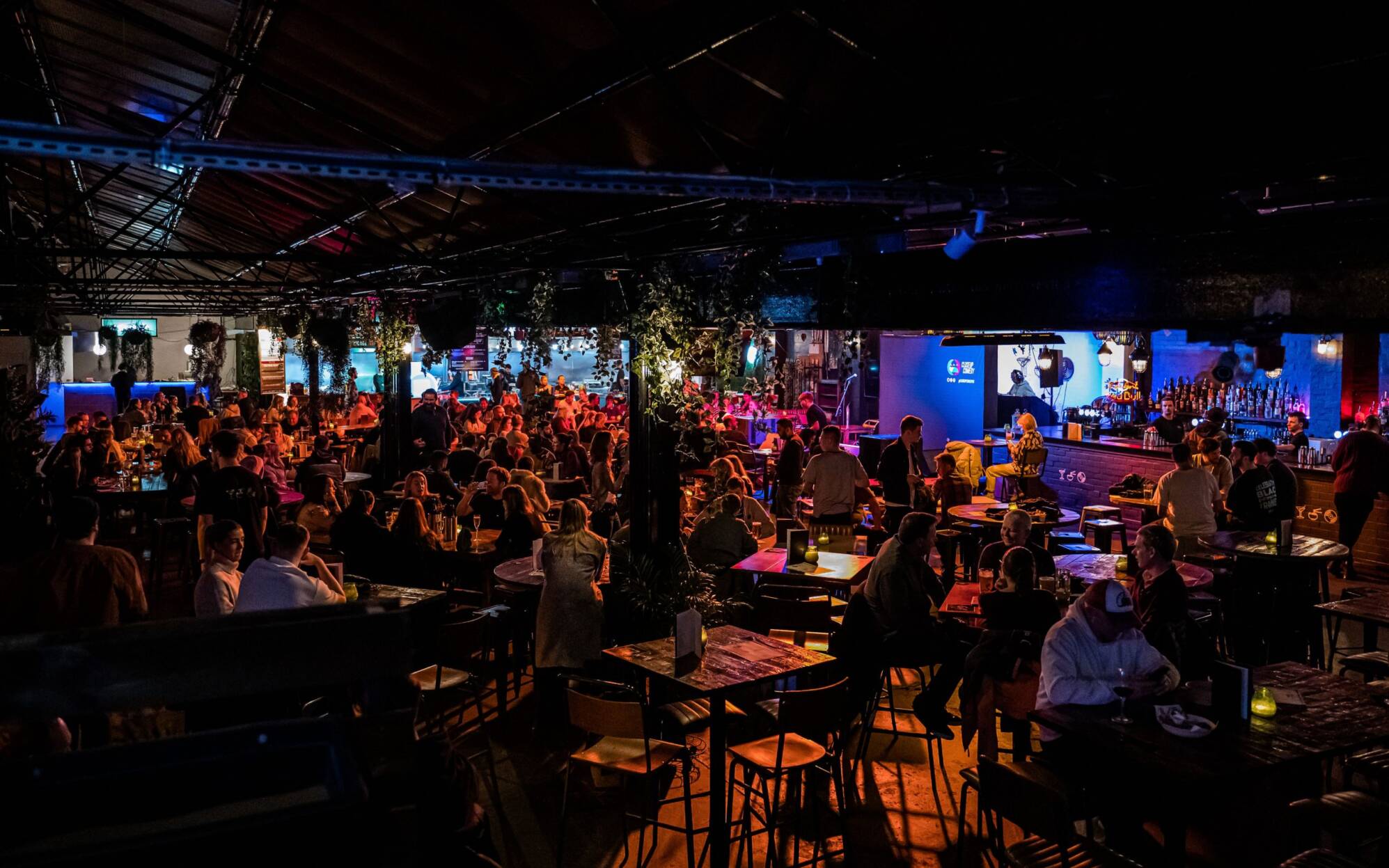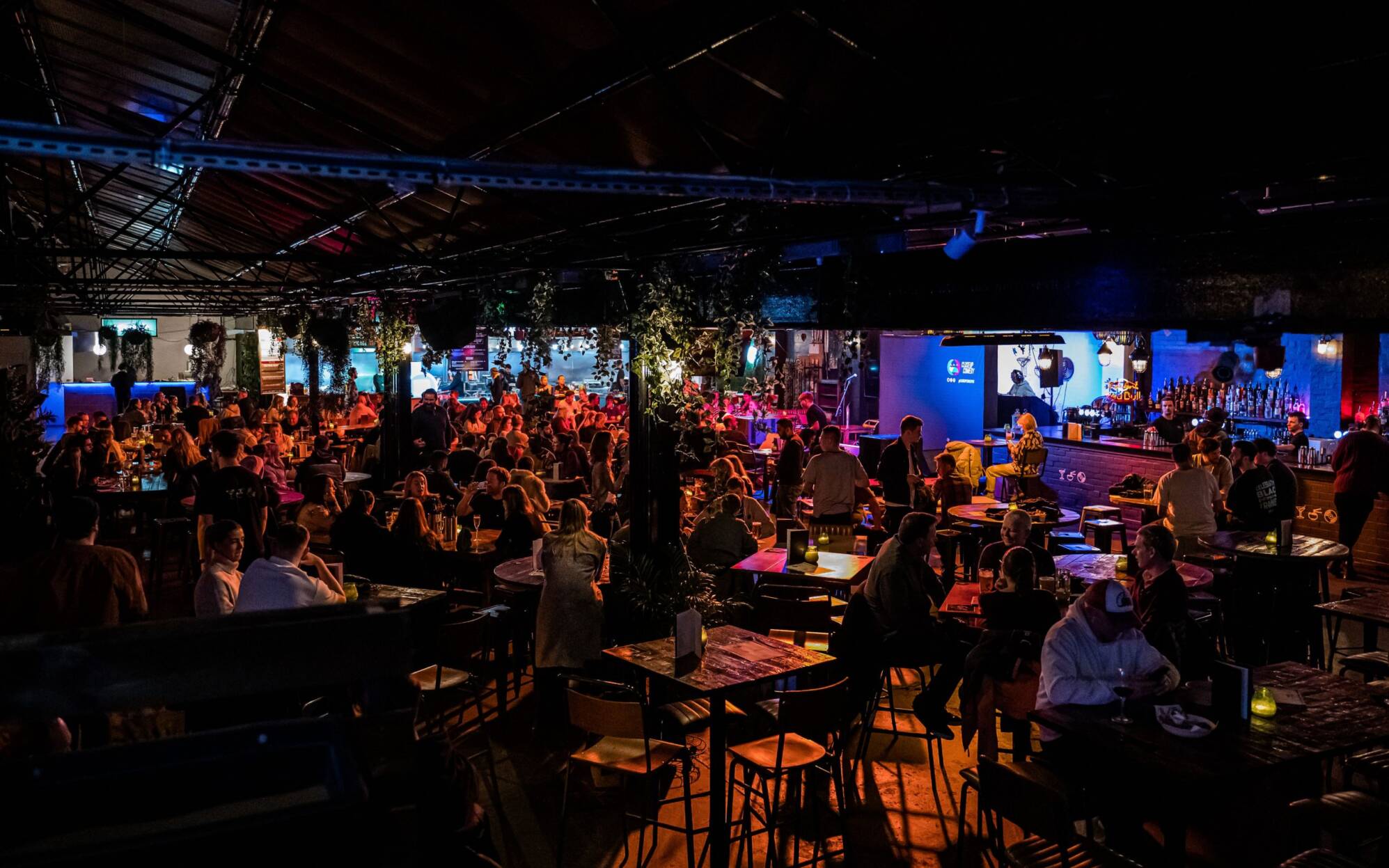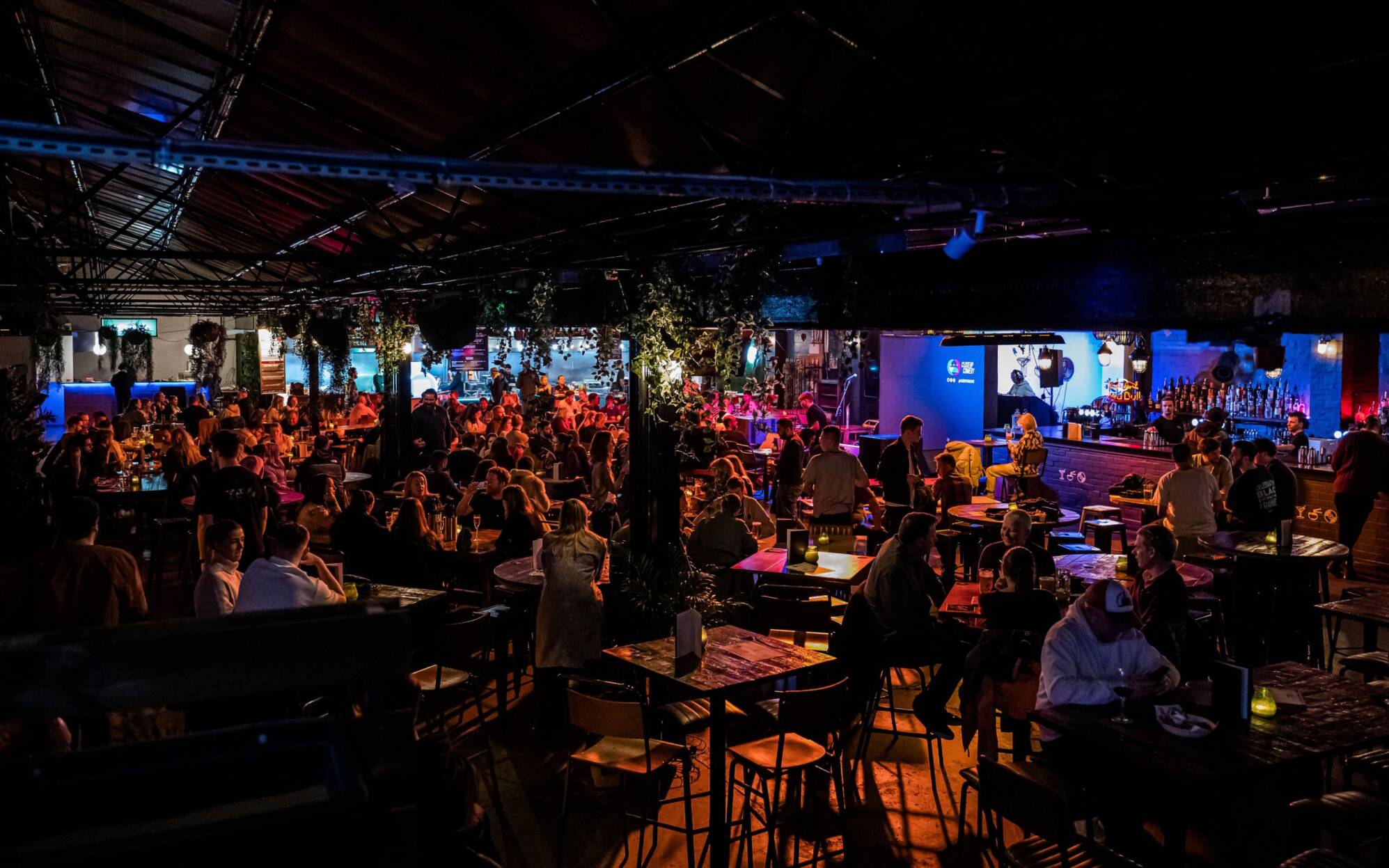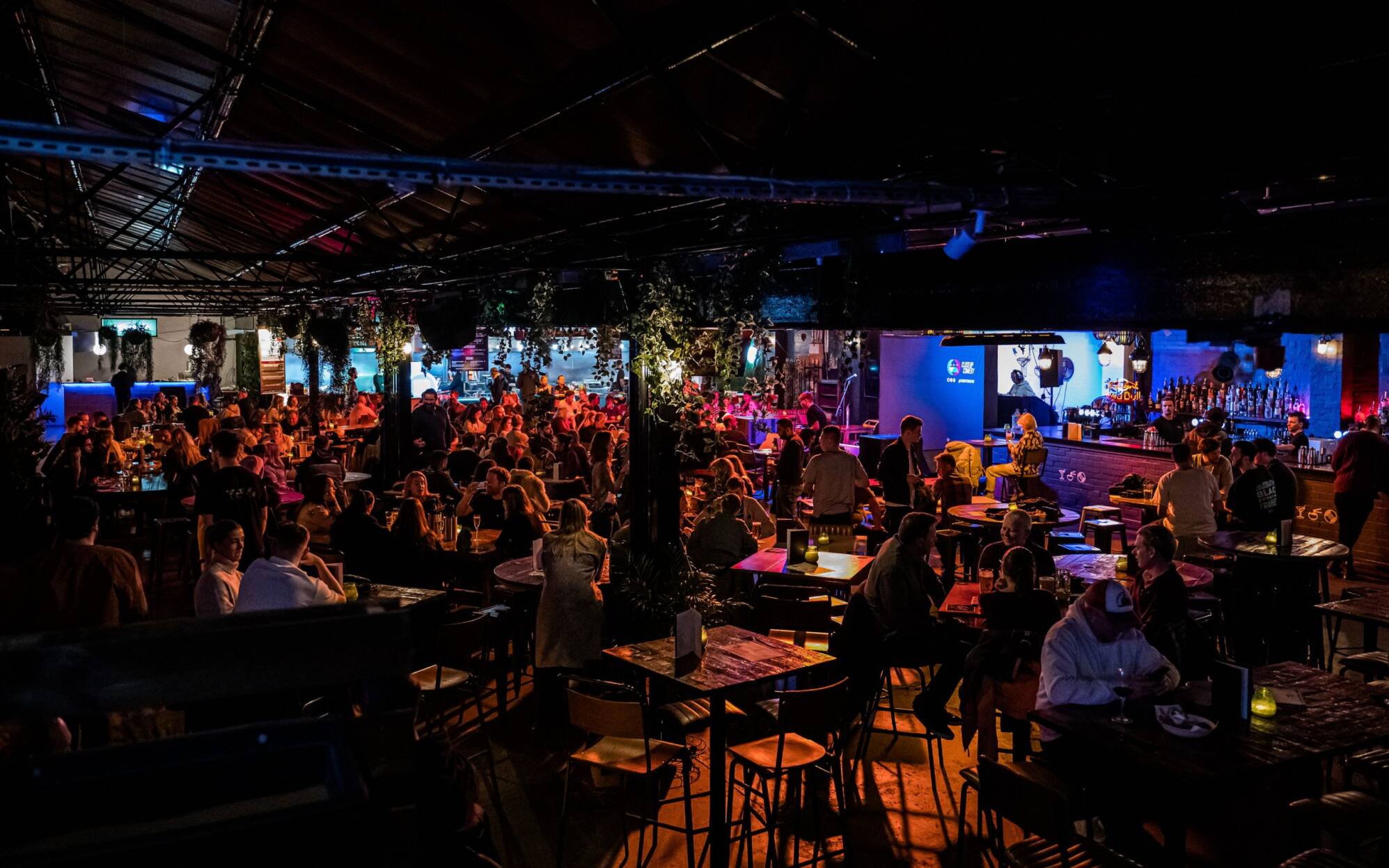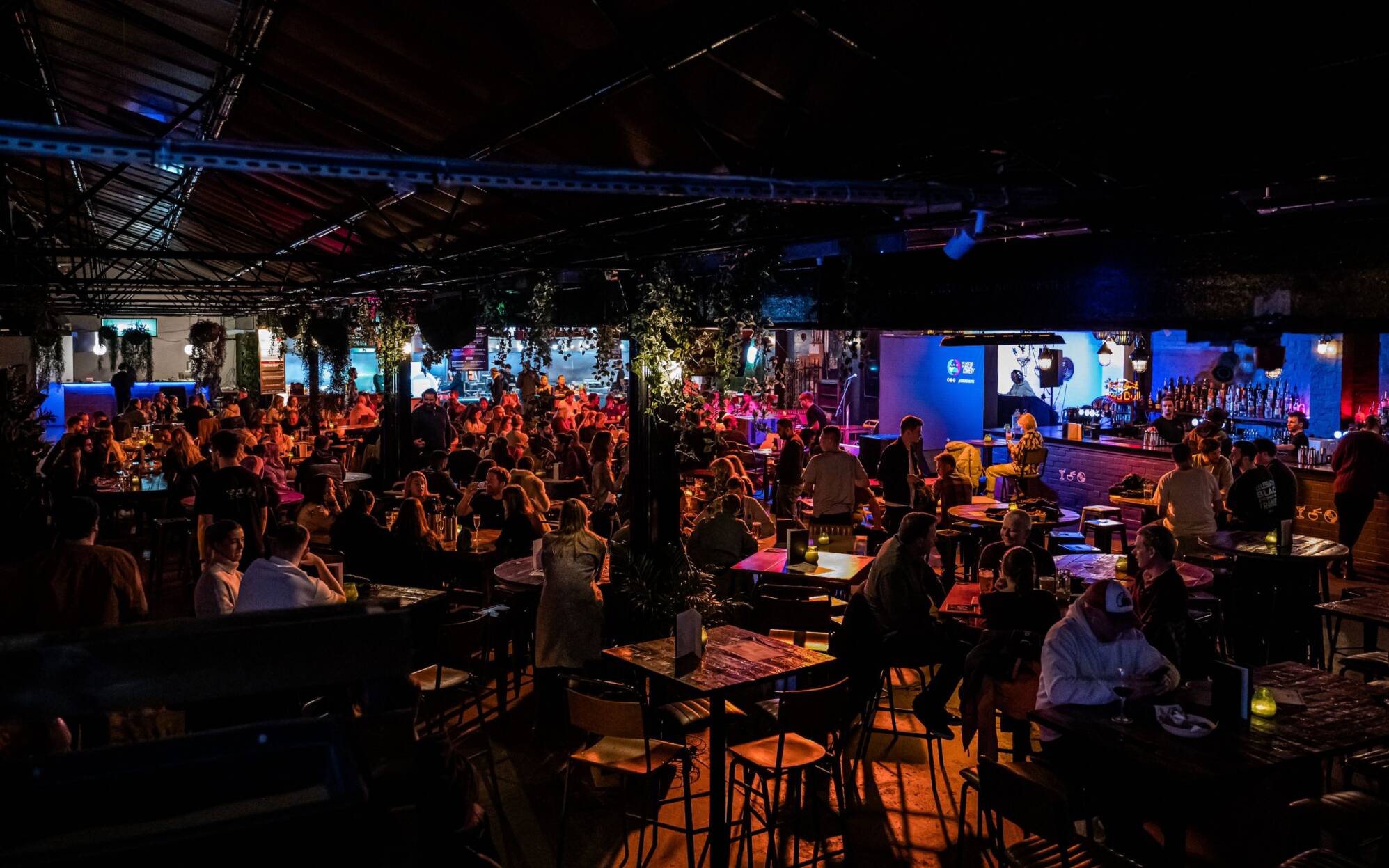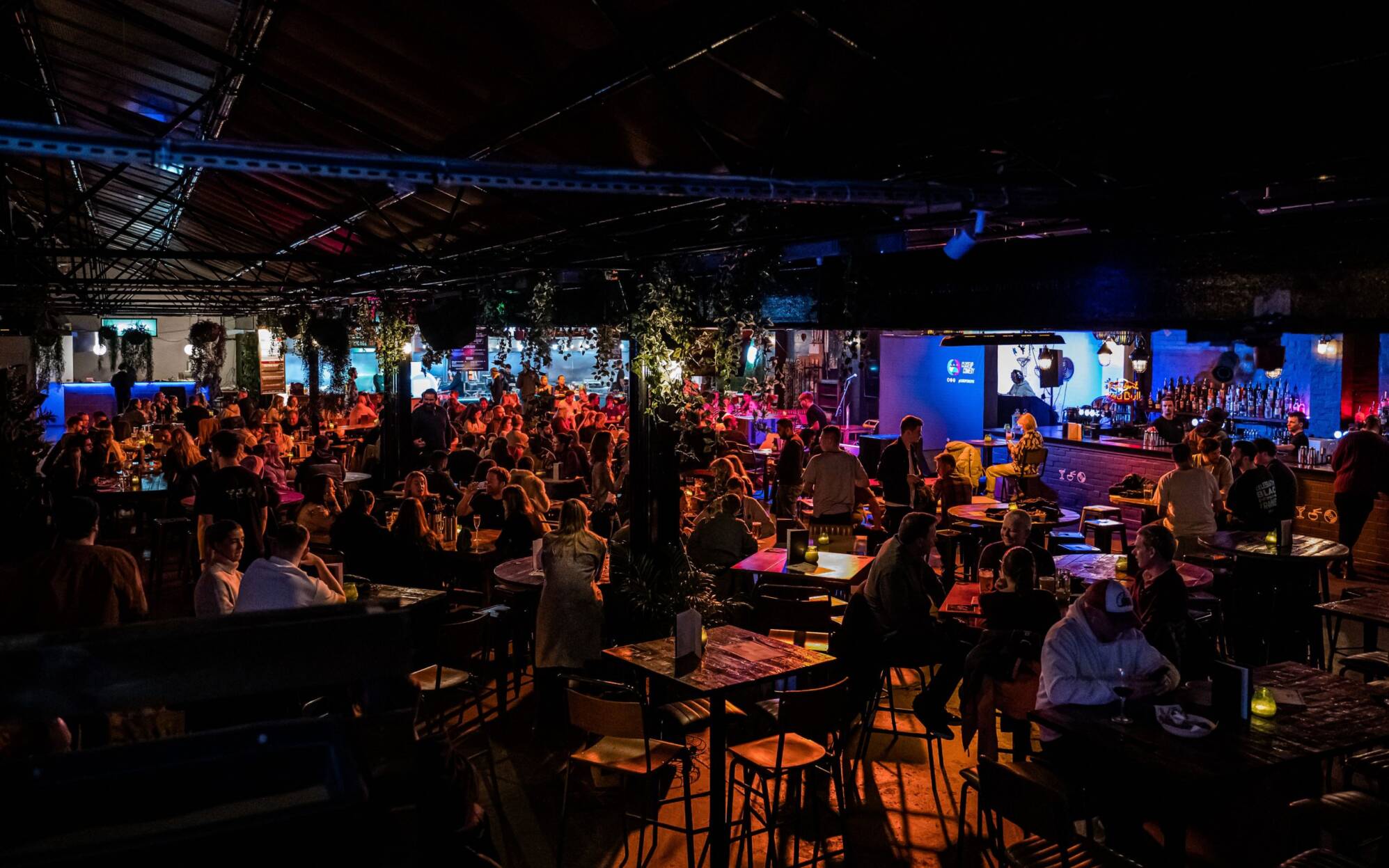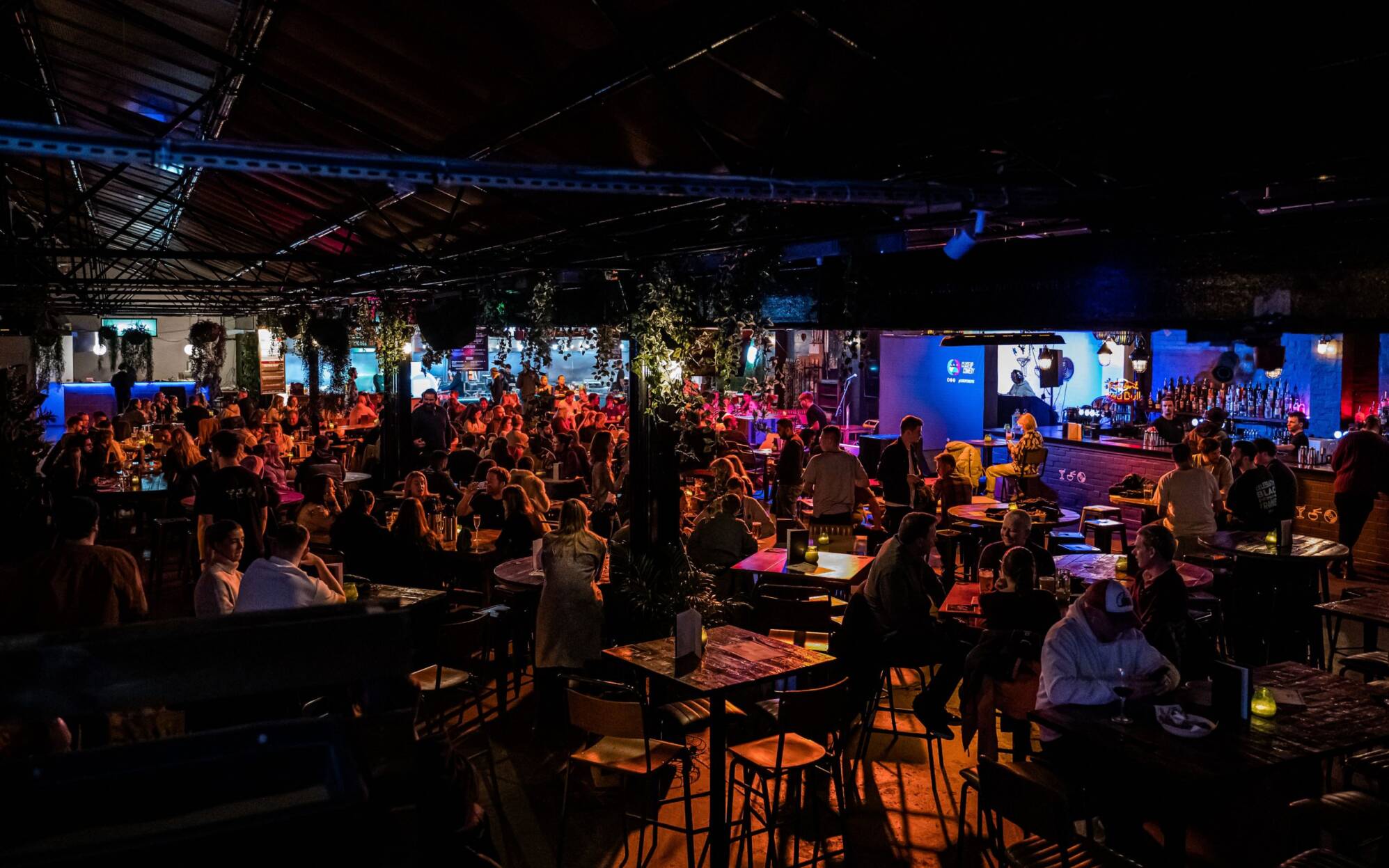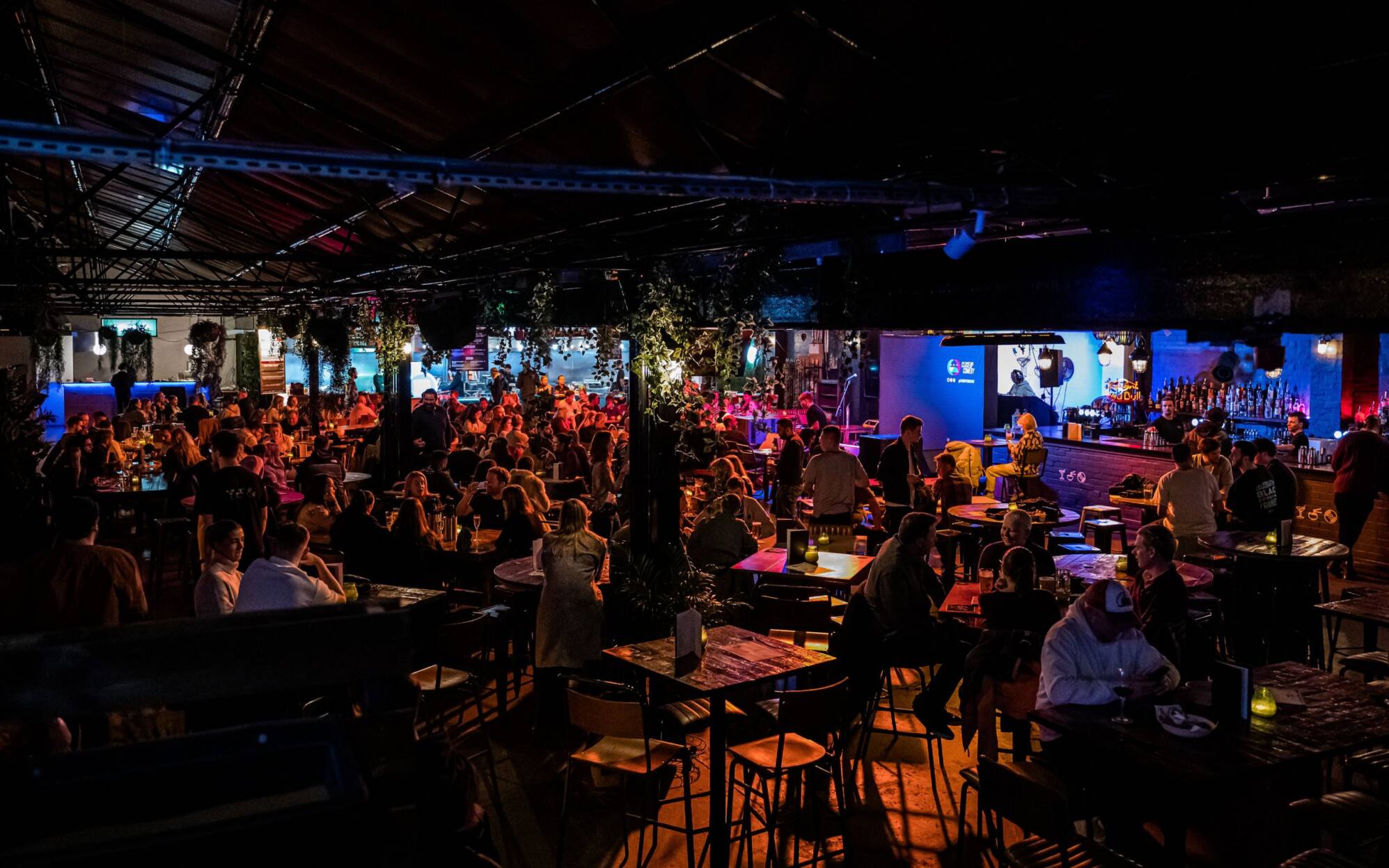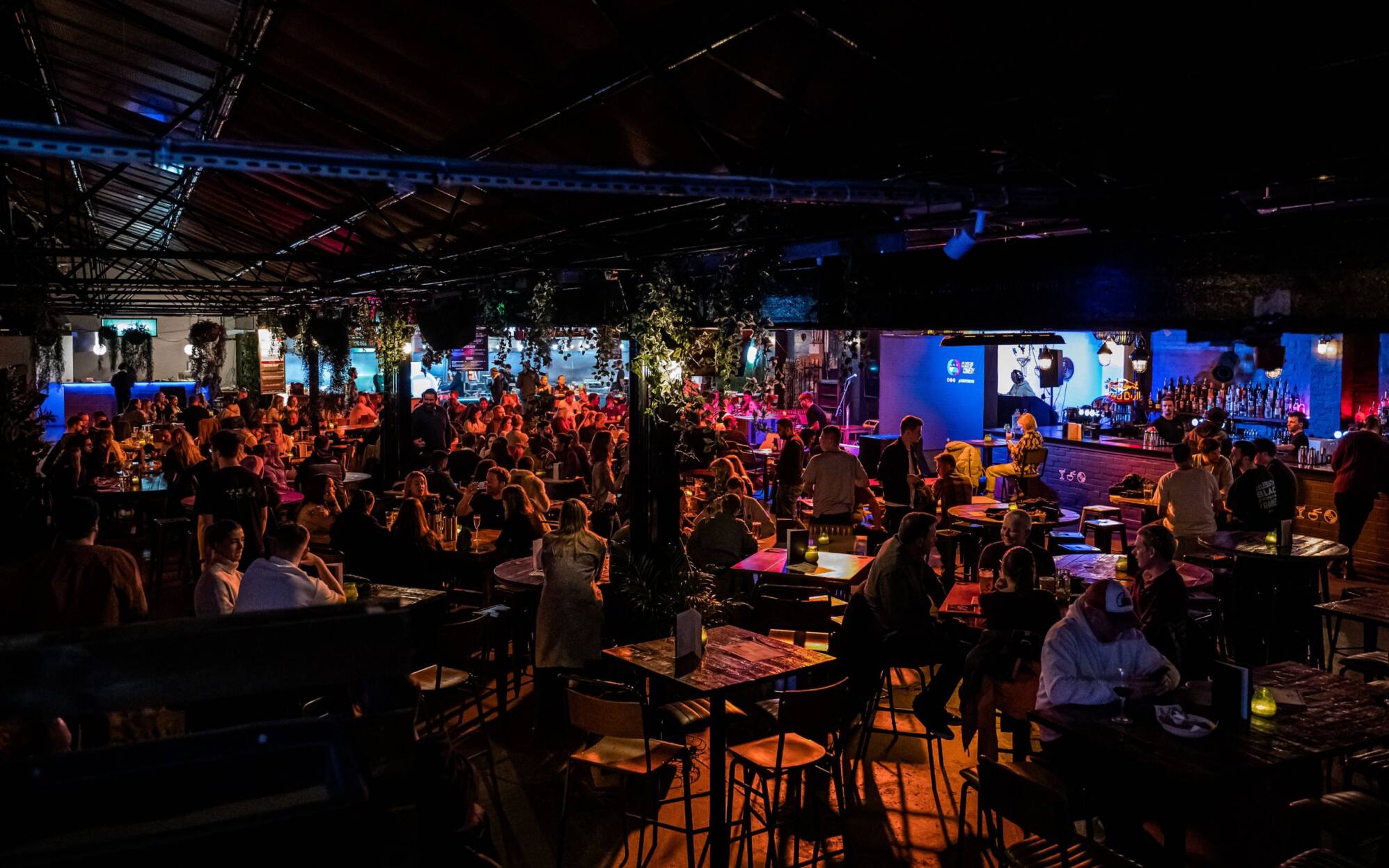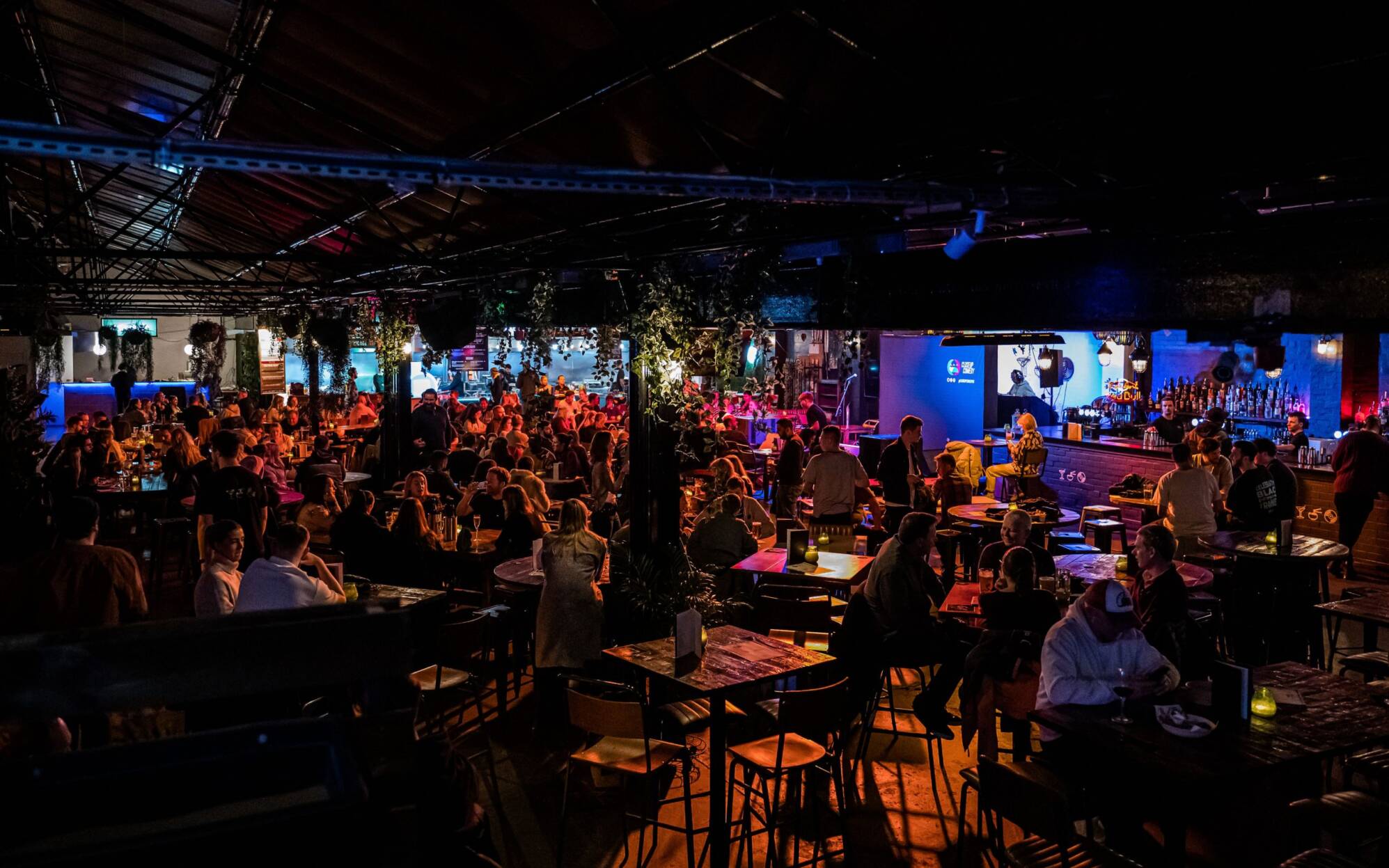Social clubs form the backbone of community life across the UK, providing essential gathering spaces for everything from work…
Social Club Health & Safety Insurance: Essential Protection for Member Safety and Legal Compliance
Social clubs across the UK face unique health and safety challenges that require specialized insurance protection. From sports clubs and community centers to working men's clubs and hobby groups, these organizations must navigate complex safety regulations while protecting their members, staff, and premises. Social club health and safety insurance provides crucial coverage for the risks that standard club insurance policies often overlook.
Understanding Social Club Health and Safety Risks
Social clubs operate in a complex risk environment where member safety intersects with legal compliance requirements. Unlike commercial businesses, clubs must balance informal, community-focused atmospheres with strict health and safety obligations. The Health and Safety Executive (HSE) applies the same rigorous standards to clubs as any other organization, making comprehensive protection essential.
Common health and safety risks include slip and fall accidents on club premises, equipment-related injuries during activities, food safety incidents in club kitchens, fire safety breaches, and inadequate risk assessments. Clubs also face risks from volunteer management issues, inadequate training procedures, poor maintenance of facilities, and failure to comply with accessibility requirements.
Key Coverage Areas for Social Club Health and Safety Insurance
Health and Safety Executive Compliance Protection
Health and Safety Executive compliance protection forms the foundation of specialized club insurance. This coverage protects against HSE enforcement action, prosecution costs, and regulatory fines. Legal defense costs can quickly escalate when clubs face safety investigations, making this protection invaluable.
Employers Liability Coverage
Employers liability coverage extends beyond permanent staff to include volunteers, temporary workers, and committee members. Social clubs often rely heavily on volunteer labor, creating complex liability scenarios that require specialized coverage. This protection covers compensation claims, legal costs, and rehabilitation expenses for work-related injuries.
Public Liability Protection
Public liability protection covers member and visitor injuries on club premises. This includes accidents during events, sports activities, social gatherings, and routine club operations. Coverage extends to property damage claims and legal defense costs arising from safety incidents.
Product Liability Coverage
Product liability coverage protects clubs that serve food and beverages. Kitchen operations, bar service, and catering activities create significant liability exposure. This coverage protects against food poisoning claims, allergic reactions, and contamination incidents.
Professional Indemnity Protection
Professional indemnity protection covers clubs providing instruction, training, or advisory services. Sports clubs offering coaching, hobby clubs providing lessons, and community groups offering guidance face professional liability risks that require specialized coverage.
Specialized Protection for Different Club Types
Sports Clubs
Sports clubs face unique risks from physical activities, equipment use, and outdoor events. Coverage must address playing field safety, equipment maintenance, spectator protection, and weather-related risks. Changing room facilities, sports equipment storage, and tournament hosting create additional liability exposures.
Working Men's Clubs and Social Clubs
Working men's clubs and social clubs require protection for entertainment activities, alcohol service, and large gatherings. Gaming activities, live entertainment, and social events create specific risks that standard policies may exclude. Kitchen operations and bar management require specialized coverage.
Community Centers and Village Halls
Community centers and village halls face risks from diverse activities, multiple user groups, and varying safety standards. Rental activities, children's programs, and elderly services create complex liability scenarios requiring comprehensive protection.
Hobby and Special Interest Clubs
Hobby and special interest clubs need coverage for specialized activities, equipment use, and instruction provision. Art clubs, photography groups, and craft societies face unique risks from materials, tools, and teaching activities.
Health and Safety Compliance Requirements
The Health and Safety at Work Act 1974 applies fully to social clubs, regardless of size or volunteer status. Clubs must conduct regular risk assessments, maintain safety records, provide adequate training, and ensure safe working conditions. Failure to comply can result in prosecution, unlimited fines, and personal liability for committee members.
Risk Assessment Requirements
Risk assessment requirements cover all club activities, premises, and equipment. Clubs must identify hazards, assess risks, implement controls, and regularly review procedures. Documentation must be comprehensive and regularly updated to demonstrate ongoing compliance.
Training Obligations
Training obligations extend to all workers, including volunteers. Clubs must provide health and safety induction, activity-specific training, and ongoing safety education. Committee members require additional training on their legal responsibilities and compliance obligations.
Fire Safety Compliance
Fire safety compliance requires regular risk assessments, appropriate equipment, clear evacuation procedures, and staff training. Clubs hosting events or serving alcohol face additional fire safety requirements that must be properly addressed.
Claims Prevention and Risk Management
Effective risk management reduces insurance costs and protects club operations. Regular safety inspections identify potential hazards before they cause incidents. Maintenance schedules ensure equipment and premises remain safe for use. Member education programs promote safety awareness and reduce accident rates.
Incident reporting procedures ensure prompt claim notification and evidence preservation. Clubs should maintain comprehensive incident logs, witness statements, and photographic evidence. Quick response to safety concerns prevents minor issues from becoming major claims.
Emergency response planning prepares clubs for serious incidents. First aid provision, emergency contacts, and evacuation procedures must be clearly established and regularly practiced. Committee members should understand their roles during emergencies.
Choosing the Right Insurance Provider
Social club insurance requires specialized knowledge of club operations and regulatory requirements. Providers should understand the unique risks clubs face and offer tailored coverage options. Experience with club claims and regulatory issues demonstrates provider expertise.
Policy flexibility allows clubs to adjust coverage as activities and membership change. Seasonal variations, special events, and facility improvements may require coverage modifications. Providers should offer responsive policy adjustment services.
Claims handling expertise becomes crucial when incidents occur. Providers should offer dedicated claims teams familiar with club operations and regulatory requirements. Quick response times and expert guidance help minimize claim impacts.
Cost Factors and Premium Considerations
Insurance costs vary significantly based on club type, activities, premises, and membership size. Sports clubs typically face higher premiums due to increased injury risks. Clubs serving alcohol or hosting events may pay additional premiums for increased liability exposure.
Risk management measures can significantly reduce premiums. Safety training programs, regular inspections, and comprehensive policies demonstrate commitment to risk reduction. Many insurers offer premium discounts for clubs with strong safety records.
Claims history heavily influences premium costs. Clubs with frequent claims face higher premiums and may struggle to obtain coverage. Investing in prevention measures and safety improvements provides long-term cost benefits.
Legal and Regulatory Considerations
Committee members face personal liability for health and safety breaches. Directors and officers insurance provides essential protection for committee members facing prosecution or civil claims. This coverage protects personal assets and provides legal defense funding.
Regulatory compliance extends beyond basic safety requirements. Clubs must comply with licensing conditions, planning permissions, and activity-specific regulations. Insurance should cover regulatory defense costs and compliance support.
Data protection obligations create additional liability risks. Clubs holding member information must comply with GDPR requirements. Cyber insurance provides essential protection for data breaches and privacy violations.
Making a Claim: Process and Expectations
Immediate incident response is crucial for successful claims. Clubs should secure the scene, provide necessary medical assistance, and notify insurers promptly. Detailed incident documentation supports claim processing and helps prevent disputes.
Investigation procedures may involve HSE officials, insurance assessors, and legal representatives. Clubs should cooperate fully while ensuring their interests are protected. Legal representation may be necessary for serious incidents.
Settlement negotiations require careful consideration of long-term implications. Clubs should understand settlement terms and ensure adequate protection for future operations. Legal advice helps ensure fair settlement outcomes.
Future Trends and Considerations
Regulatory requirements continue to evolve, with increasing focus on mental health, accessibility, and environmental safety. Clubs must stay current with changing requirements and ensure insurance coverage adapts accordingly.
Technology integration creates new risks and opportunities. Online booking systems, digital payment processing, and social media activities require additional protection. Cyber insurance becomes increasingly important for modern club operations.
Demographic changes affect club operations and risk profiles. Aging membership, changing activity preferences, and evolving social expectations require adaptive insurance strategies.
Conclusion
Social club health and safety insurance provides essential protection for organizations serving their communities. Comprehensive coverage protects against regulatory action, member claims, and operational disruptions while supporting legal compliance efforts. Clubs investing in proper insurance protection demonstrate commitment to member safety and organizational sustainability.
The complex regulatory environment facing social clubs makes specialized insurance coverage more important than ever. Working with experienced providers ensures clubs receive appropriate protection while managing costs effectively. Regular policy reviews and risk assessments help maintain adequate coverage as club operations evolve.
For social clubs serious about protecting their members, staff, and operations, comprehensive health and safety insurance represents an essential investment in long-term sustainability and community service.


 0330 127 2333
0330 127 2333

